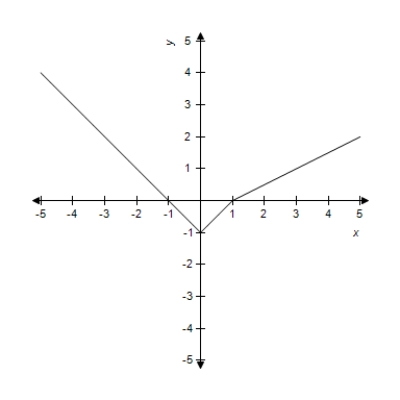Multiple Choice
Determine whether the given graph is the graph of a polynomial function, a rational function (but not a polynomial) , or a piecewise defined function. Use the graph to estimate the turning points. 
A) piecewise function
Turning points:  and
and 
B) polynomial function
Turning points:  and
and 
C) rational function
Turning points: 
D) polynomial function
Turning points: 
E) piecewise function
Turning points: 
Correct Answer:

Verified
Correct Answer:
Verified
Q62: Solve <img src="https://d2lvgg3v3hfg70.cloudfront.net/TB4005/.jpg" alt="Solve for
Q63: Solve the equation <img src="https://d2lvgg3v3hfg70.cloudfront.net/TB4005/.jpg" alt="Solve the
Q64: The daily profit from the sale of
Q65: Find the equation of the quartic function
Q66: The owner of a skating rink rents
Q68: Find the rational function whose graph is
Q69: The total costs for a company are
Q70: Find the exact real solutions of the
Q71: How is the graph of <img src="https://d2lvgg3v3hfg70.cloudfront.net/TB4005/.jpg"
Q72: Assume that sales revenues for Continental Divide